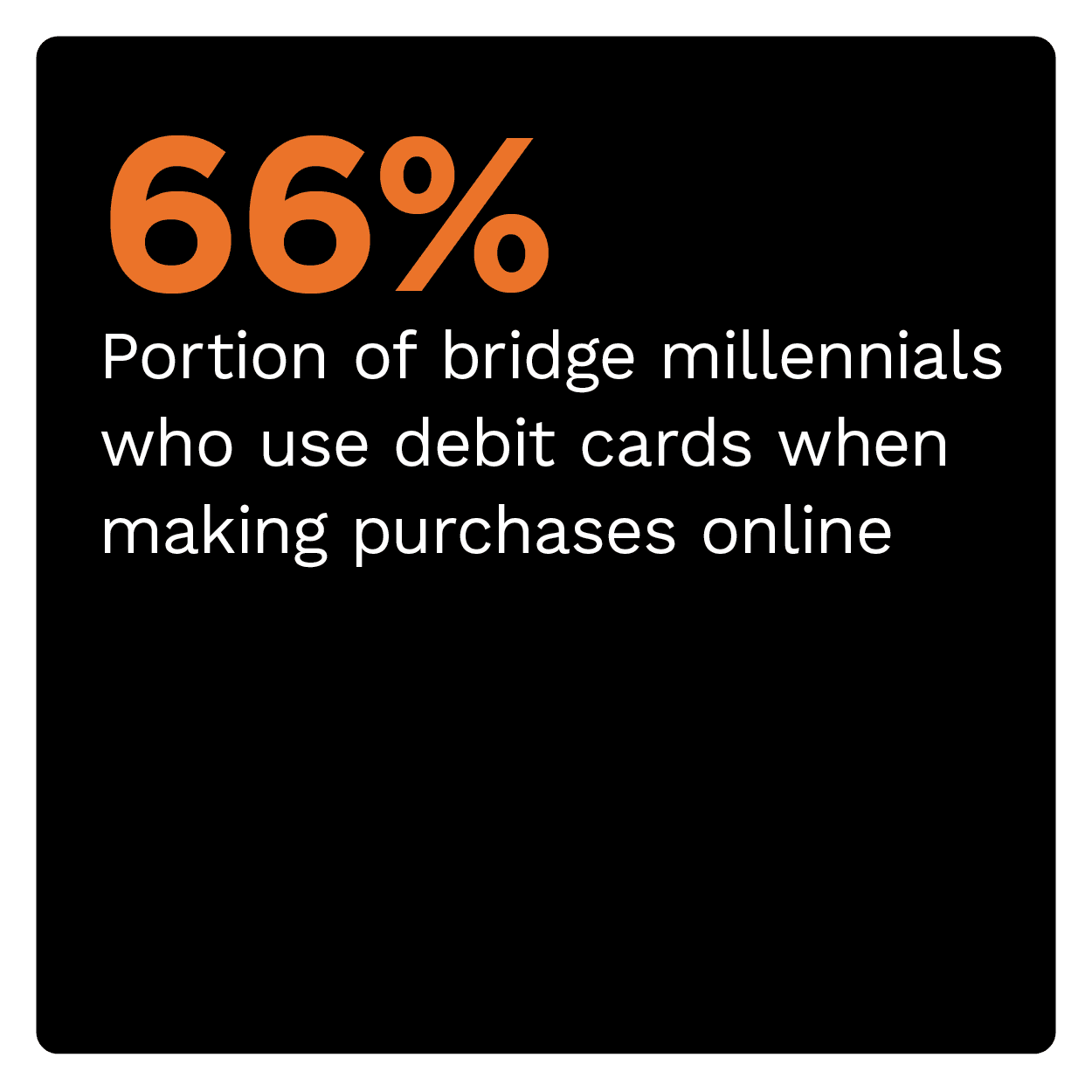Issuers Use Crypto-Enabled Debit Cards To Reach New Consumers, Markets

Cryptocurrency has recently entered the financial mainstream, with increasing interest from consumers looking to invest in and pay with the digital assets. PYMNTS’ recent Cryptocurrency Payments Report found that almost 16 percent of United States consumers either currently own or previously owned some form of cryptocurrency, for example, and 29 percent say they are likely to purchase cryptocurrency in the future. This shift in the payments landscape is altering the debit space as well, as consumers look to use mobile wallets tied to their digital assets as well as cryptocurrency debit cards. Debit networks that help meet this new demand with tools that can enable consumers to purchase and spend their
cryptocurrencie s are likely to position themselves as preferred providers for crypto enthusiasts.
s are likely to position themselves as preferred providers for crypto enthusiasts.
The June Next-Gen Debit Tracker®, therefore, explores how the increased use of cryptocurrency is impacting debit payments and the future of the debit-crypto connection.
Around The Next-Gen Debit World
Digital assets are becoming more enticing to a growing number of consumers and cryptocurrency exchanges are working to roll out more convenient payment options to help these consumers break into the space. Digital asset exchange marketplace Gemini, for example, recently began allowing users to make purchases using Apple Pay or Google Pay wallets linked to debit cards. Gemini said that using payment methods backed by debit card details typically keeps cryptocurrency purchases fee-free, allowing customers in over 50 countries to purchase more than 30 different cryptocurrencies.
Debit networks and cryptocurrency exchanges looking for evidence that consumers are eager for debit-backed cryptocurrency solutions need to look no further than their internet search histories. One report found that the number of consumers c onducting internet searches for “crypto debit cards” rose 194 percent year over year in February. Nigeria took the lead among countries most eager to access such solutions, while Australia, the Netherlands, Canada and the U.S. rounded out the top five.
onducting internet searches for “crypto debit cards” rose 194 percent year over year in February. Nigeria took the lead among countries most eager to access such solutions, while Australia, the Netherlands, Canada and the U.S. rounded out the top five.
Traditional debit cards have held their appeal for consumers over the past year, with one recent study finding that they remain one of Americans’ top payment methods for in-store and online use. Fifty-two percent of U.S. consumers in both channels use debit cards to make payments, in fact.
For more on these and other stories, visit the Tracker’s News & Trends.
Wirex On Driving Cryptocurrency Debit Card Acceptance Among Global Merchants
Consumers’ interest in cryptocurrency has been on an incline over the past few years. Uptake across countries and merchant networks has been slow, however, with many hesitant to completely jump on board, given the unfamiliar and volatile nature of these currencies. In this month’s Feature Story, CEO Pavel Matveev of U.K.-based digital payment platform Wirex explains how offering crypto payment acceptance can help merchants build loyalty with customers and how leveraging cryptocurrency debit cards could help crypto firms broaden their reach.
To learn more, visit the Tracker’s Feature Story.
Deep Dive: The Impact Of Cryptocurrency Use On The Debit
S pace
pace
Fifty-one percent of cryptocurrency owners told PYMNTS in a recent report that they are more likely to purchase from merchants that accept cryptocurrency. This migration to increased digital asset use could alter debit payments, as usage of physical debit cards may decline, but the enthusiasm for digital debit will rise — helped by the connection of debit to digital assets. In this month’s Deep Dive, PYMNTS examines how crypto use is impacting debit payments and how payment providers can leverage this demand.
Visit the Tracker’s Deep Dive to read more.
About The Tracker
The Next-Gen Debit Tracker®, a collaboration between PYMNTS and PULSE, a Discover company, examines consumers’ changing payment behaviors as well as the innovations that are reshaping how they use debit.

